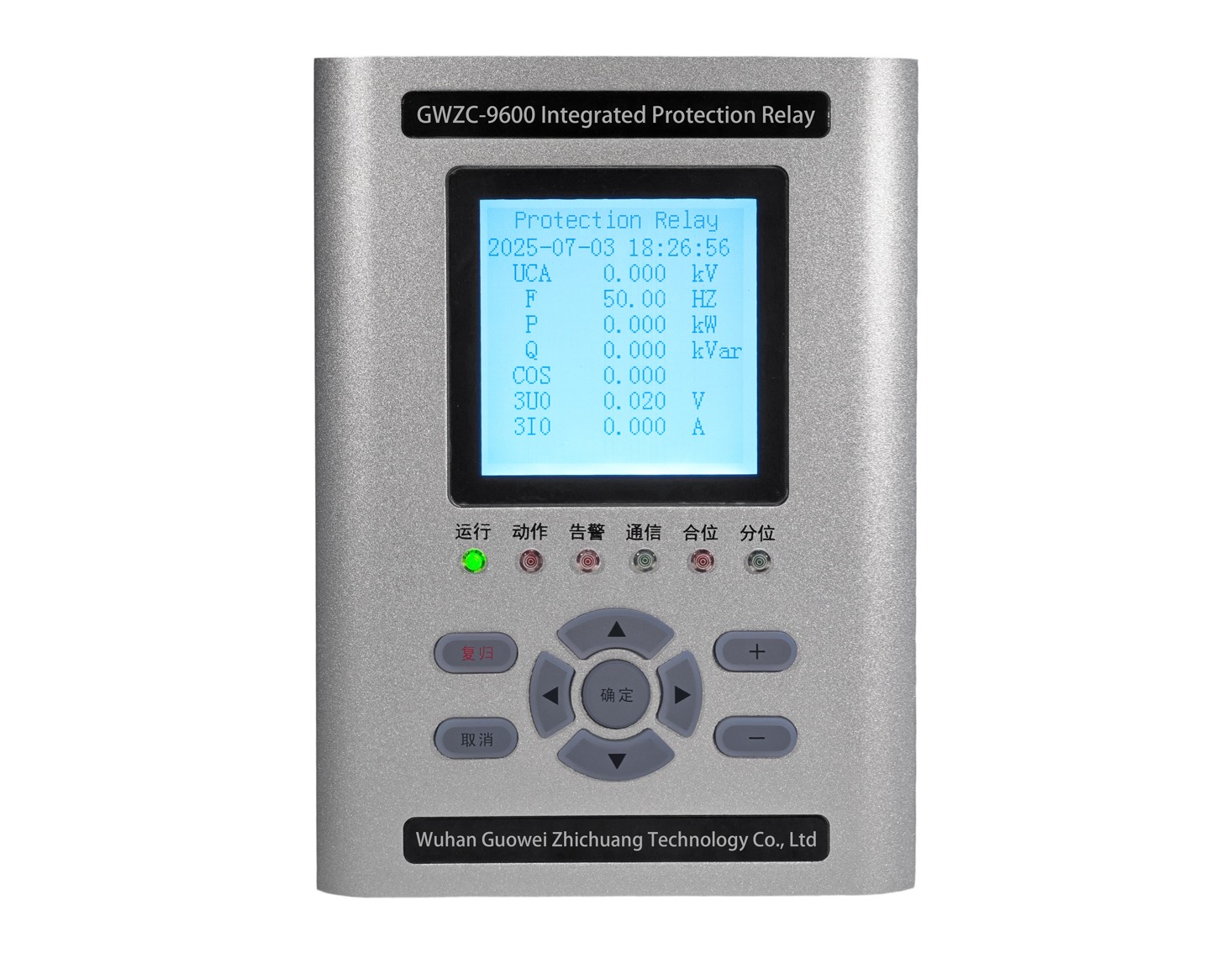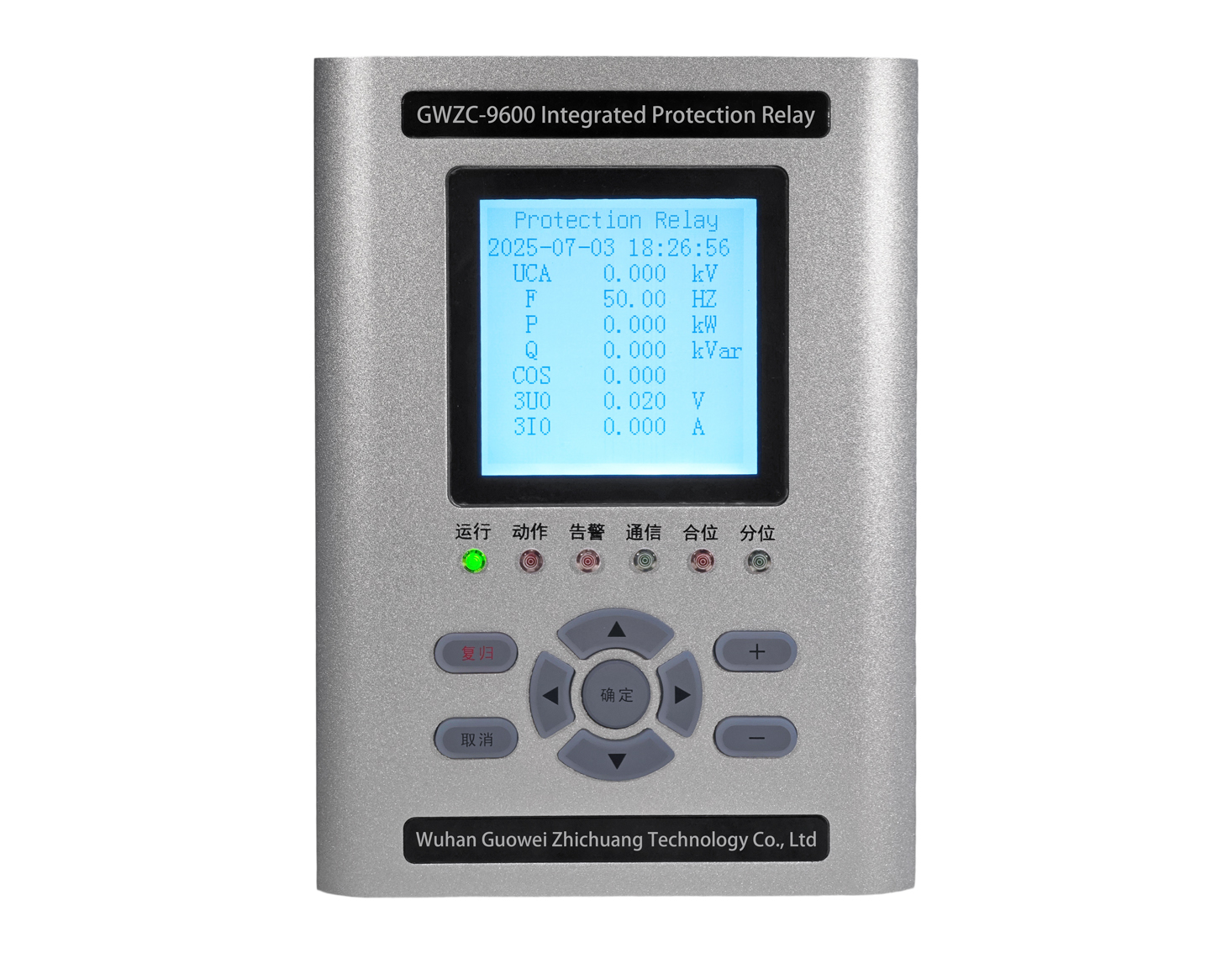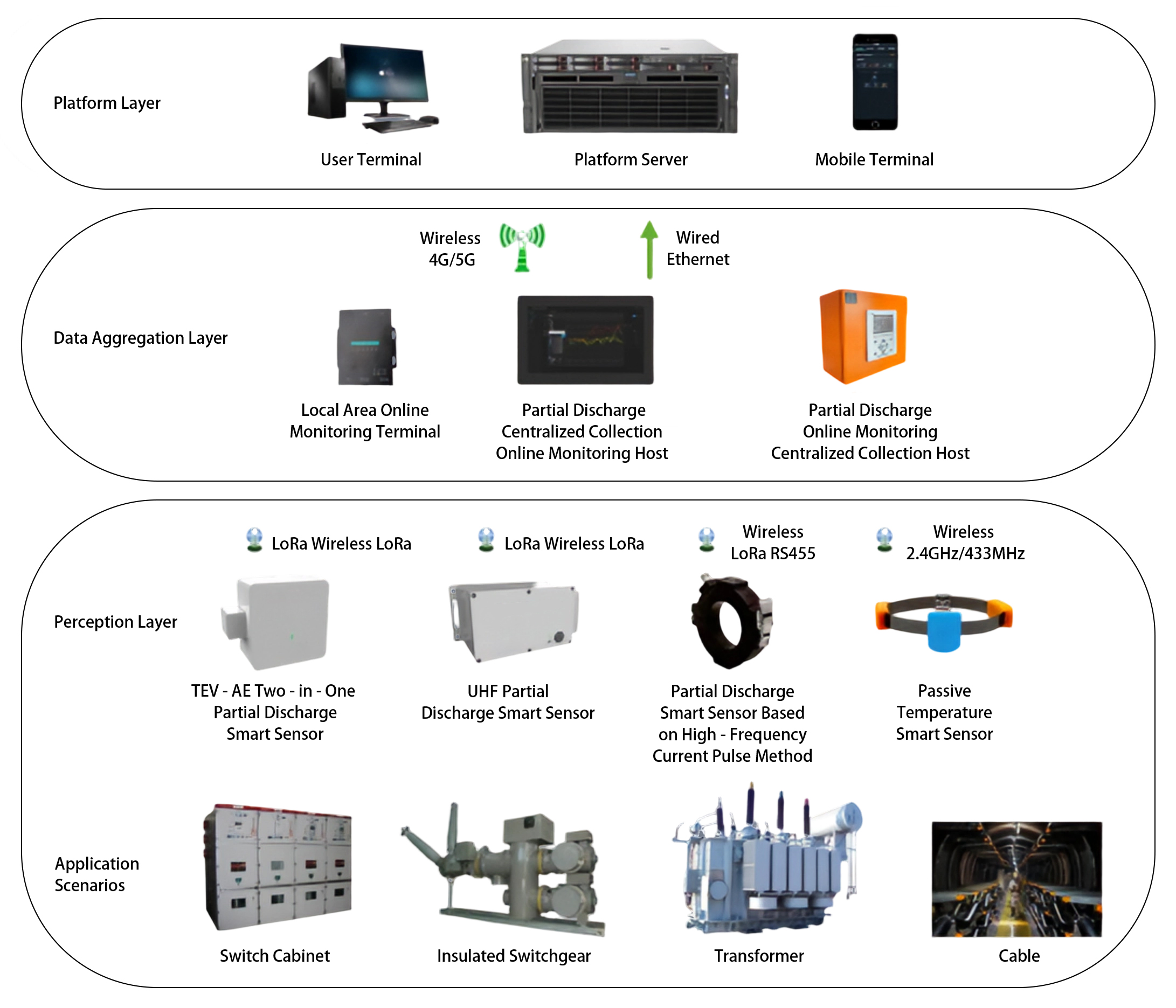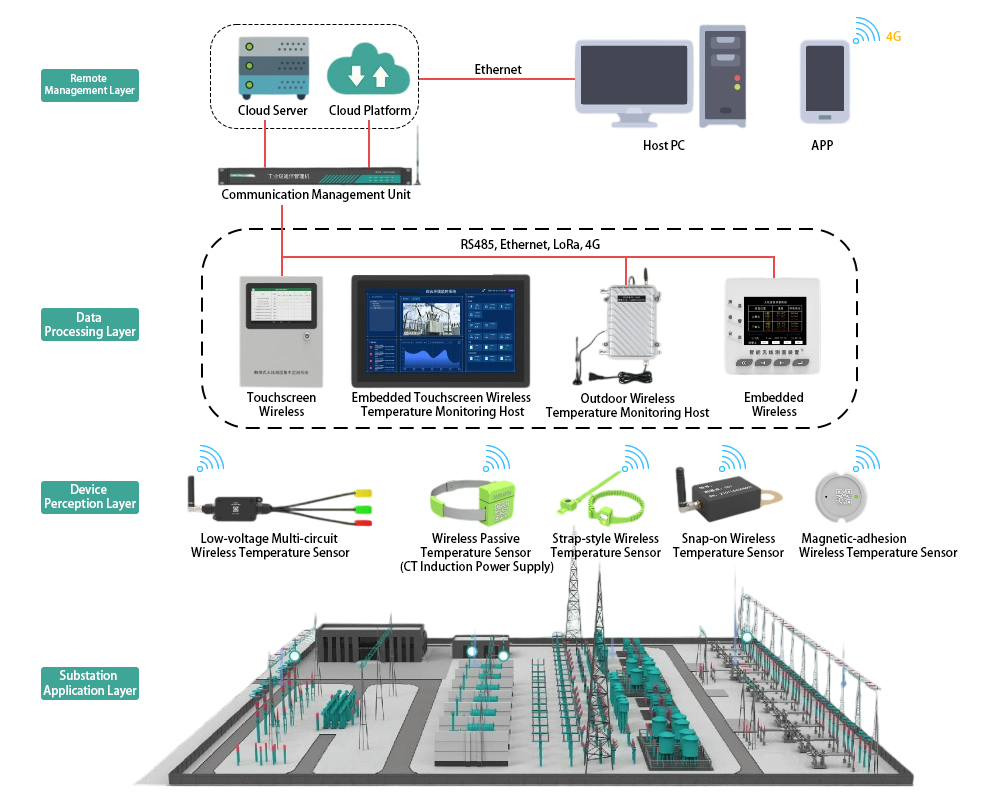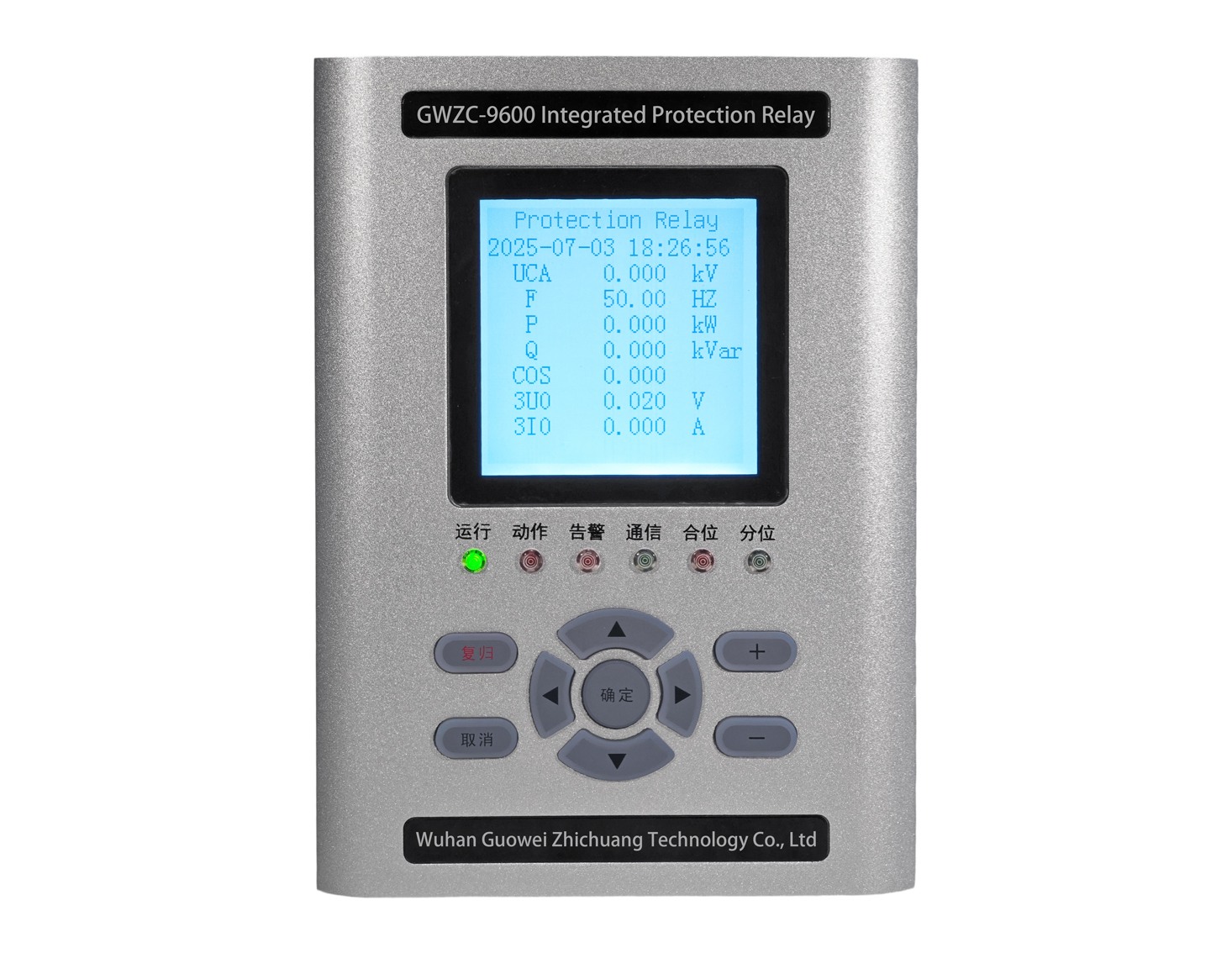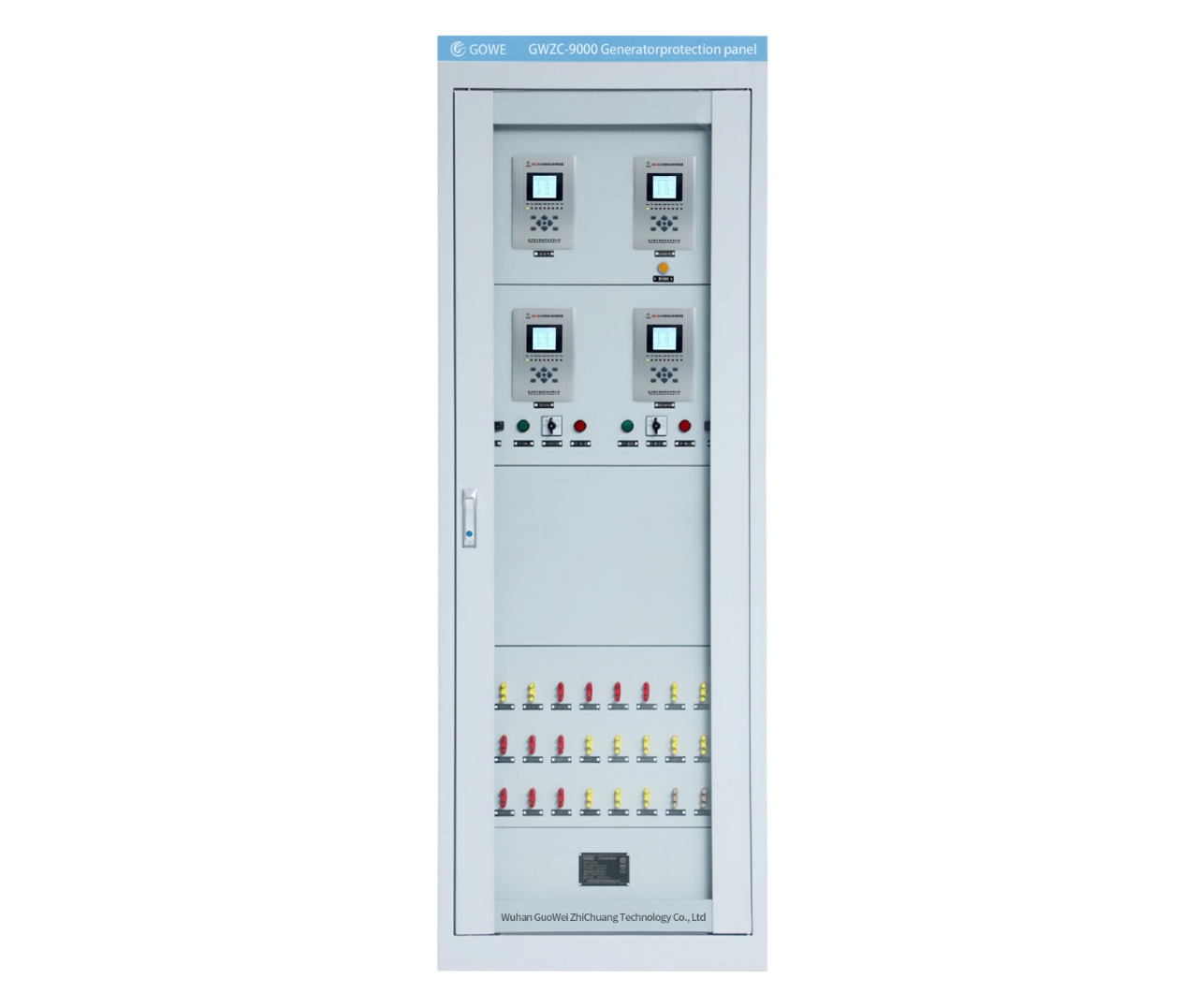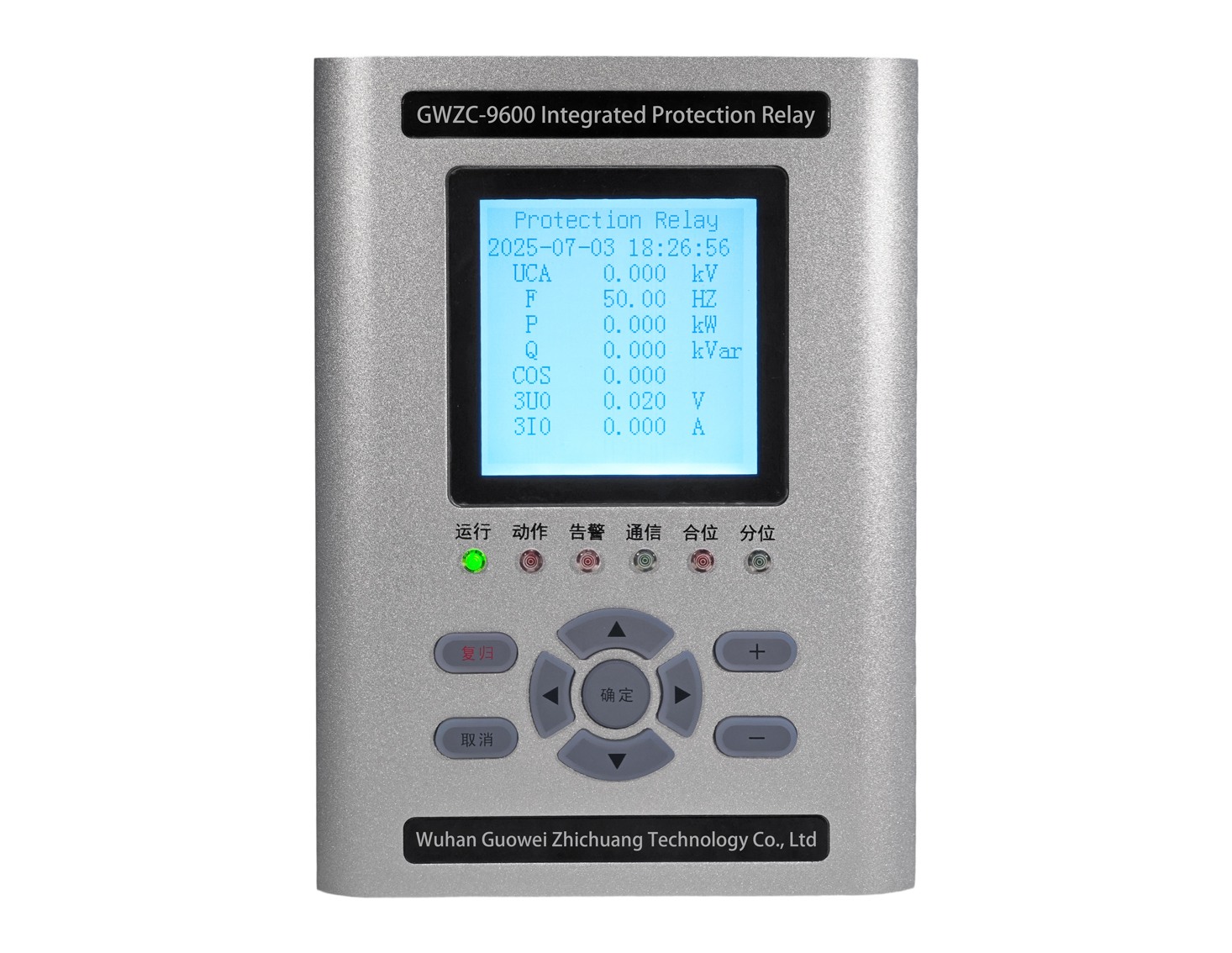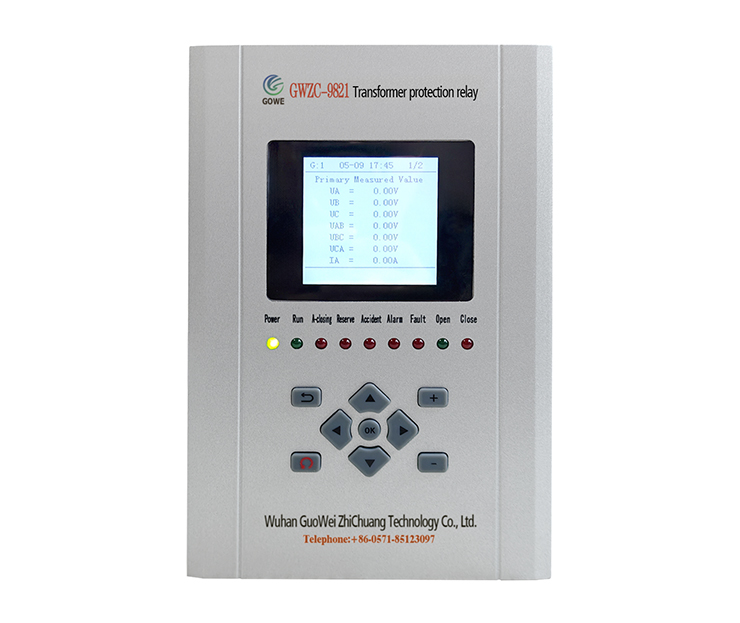
Prevent uncontrolled reclosing of breakers by the Automatic Reclosing (ARC) function following Automatic Bus Transfer (ABT) operation.
Purpose of reclosing blocking:
1.Avoid re-energizing a faulted feeder.
2.Prevent uncontrolled restoration attempts.
3.Stop simultaneous energization from two sources.
4.Block ARC on breakers where ATS actions occurred.
5.Enforce the predefined ATS logic sequence.
How reclosing blocking is implemented
1.ARC initiates the lockout reclosing command.
2.Physical contacts block circuit breaker reclosing.
3.Output signals lock out associated ARC relays.
4.State retention lasts until ATS reset.
5.Manual reset clears the lockout condition.
6.Coordination settings (tARC, tATS) prevent conflicts.
7.Includes voltage/current logic checks for source availability.
8.Configurable via device settings (e.g., Lockout = Enabled/Disabled).
9.Monitors breaker positions (52a/52b contacts).
10.Supports remote reset commands (SCADA/protection relay).
